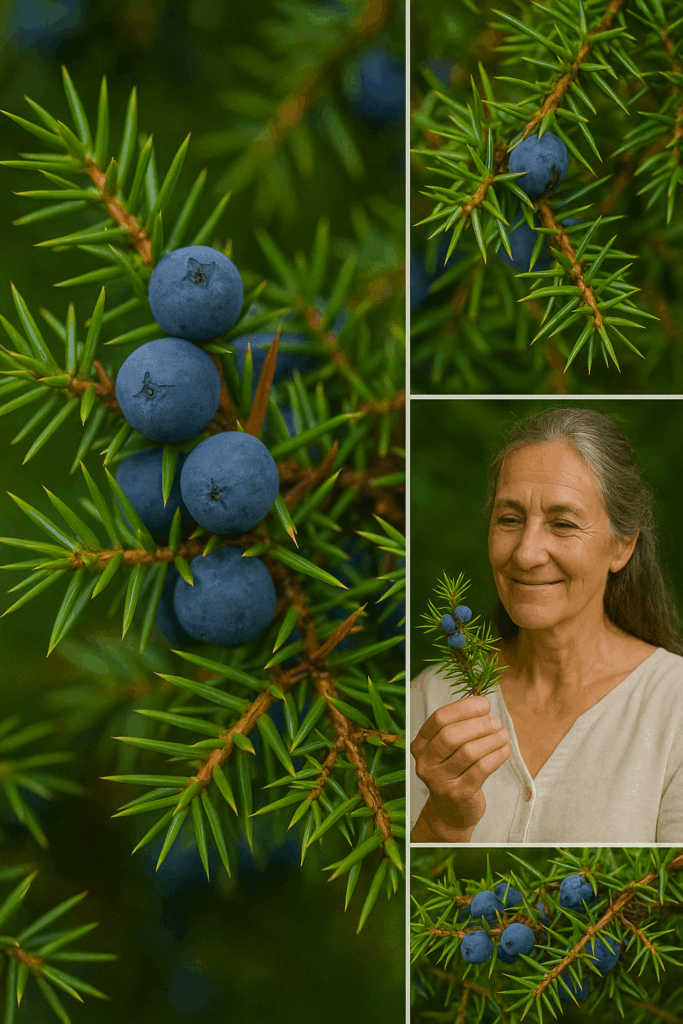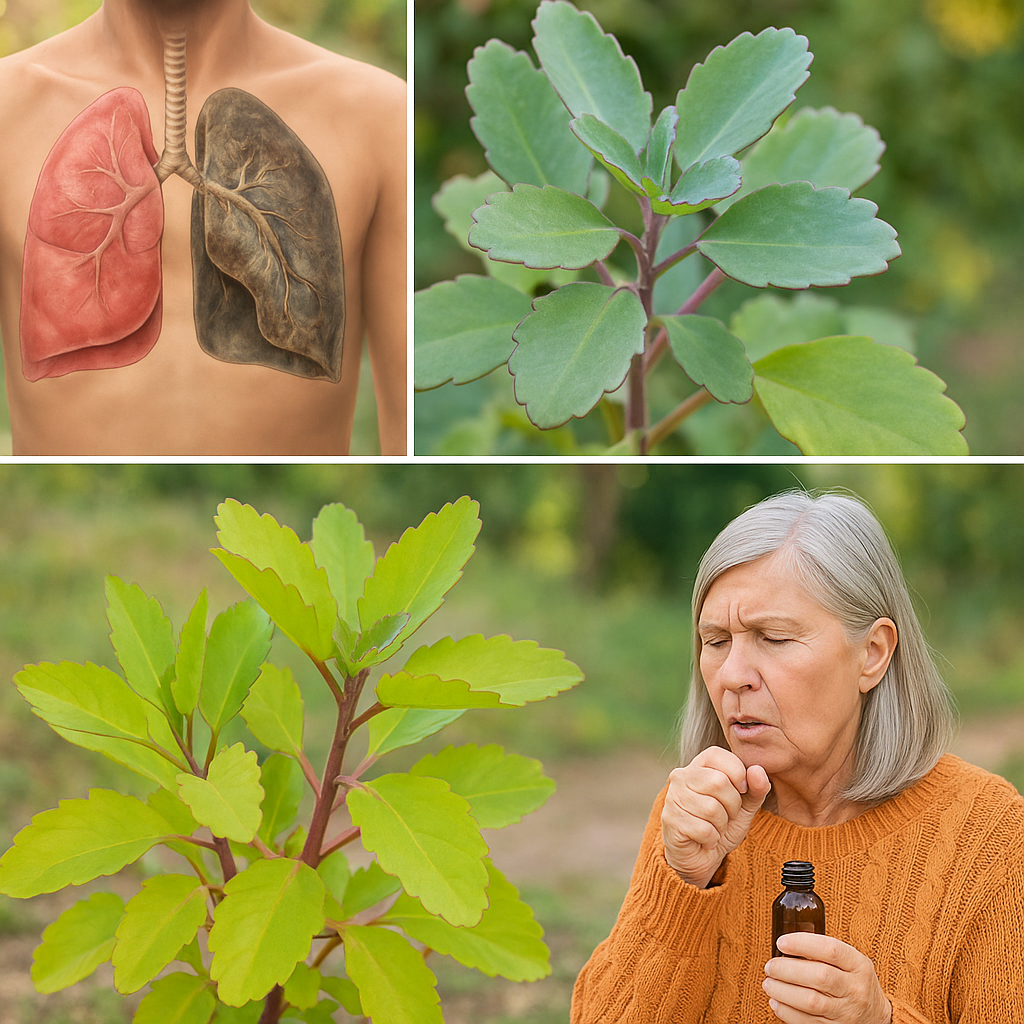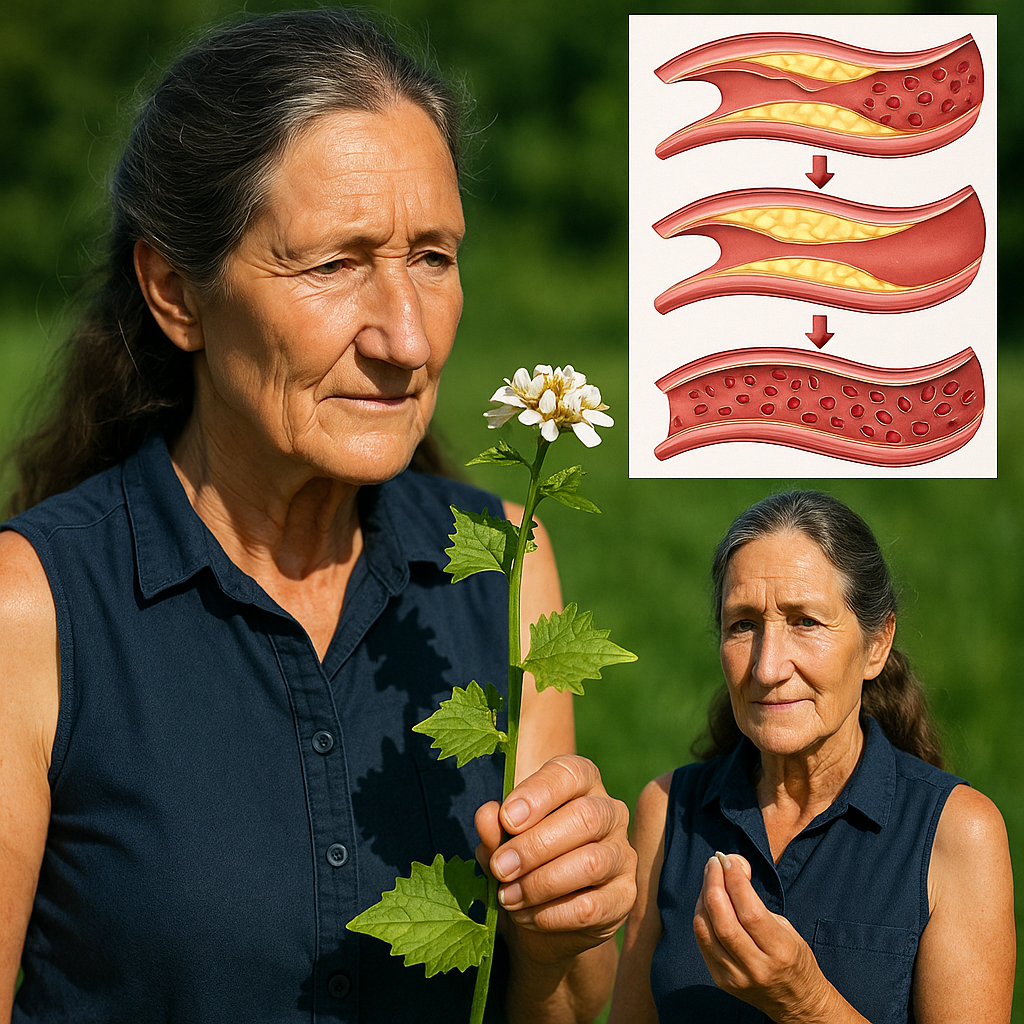🌑 It looks like something out of a fairytale — delicate bell-shaped flowers, glossy black berries, lush green leaves. But don’t be fooled by its beauty. Deadly Nightshade, known to botanists as Atropa belladonna, is one of the most infamous plants on Earth. Both feared and revered for centuries, it has played a role in royal assassinations, mystical rituals, seductive beauty practices, and even modern medicine.
So what makes this plant so compelling — and so deadly? In this captivating article, we dive into the shadowy world of Deadly Nightshade to uncover its toxic secrets, its surprising uses, and why it still commands caution today.
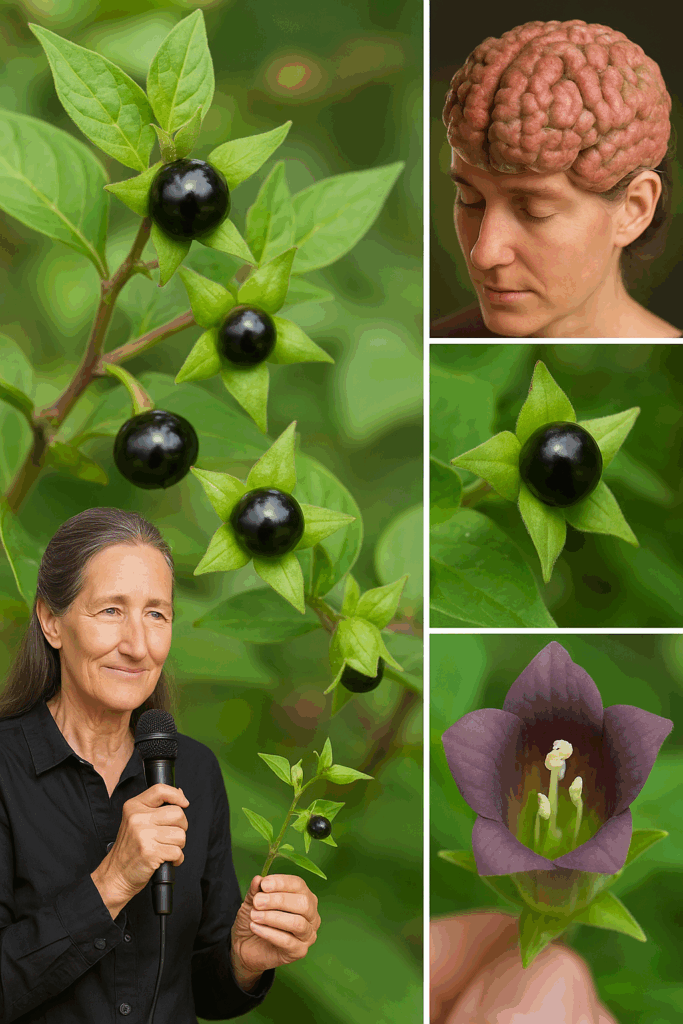
🌿 What Is Deadly Nightshade?
Atropa belladonna belongs to the Solanaceae family — the same plant family as tomatoes and potatoes. Native to Europe, North Africa, and parts of Asia, it’s a herbaceous perennial that can grow up to six feet tall. It’s known for its:
- Purple, bell-like flowers with greenish undertones
- Dark green, oval leaves
- Shiny black berries that resemble edible fruit — but are far from safe
Every part of the plant — root, stem, leaf, and especially the berries — contains potent chemicals that can disrupt the nervous system. In the wrong hands, it’s lethal.
☠️ What Makes It So Toxic?
The danger of Deadly Nightshade lies in three powerful alkaloids: atropine, scopolamine, and hyoscyamine. These compounds interfere with nerve signals by blocking neurotransmitters, specifically acetylcholine, which regulates involuntary body functions like heartbeat and digestion.
🔬 Here’s what each compound can do:
- Atropine – Causes pupil dilation, rapid heart rate, hallucinations, and in high doses, respiratory failure
- Scopolamine – Known for its mind-altering effects; can induce confusion, dizziness, and amnesia
- Hyoscyamine – Affects muscle and nerve control, leading to delirium, dry mouth, and convulsions
The margin between a medicinal and a fatal dose is razor-thin. Just a few berries can kill a child. For adults, even one leaf can be lethal.
🕰️ A Twisted Legacy: Deadly Nightshade in History
The allure of Deadly Nightshade extends far beyond its toxicity — its story is steeped in power, mysticism, and manipulation.
🏺 Ancient Assassinations
In Ancient Rome and Greece, political rivals were quietly eliminated using belladonna extracts. Arrows were sometimes coated in the plant’s juice for deadly impact in battle.
🧙♀️ Medieval Witchcraft
During the Middle Ages, Deadly Nightshade became a staple in folklore and witchcraft. It was believed to be an ingredient in “flying ointments” — balms thought to allow witches to travel in spirit or induce trances during rituals.
💋 Renaissance Beauty Secrets
The name belladonna means “beautiful woman” in Italian. In the Renaissance, women used belladonna drops in their eyes to dilate their pupils — a look considered alluring. But this came at a high price: blurred vision, headaches, and permanent eye damage were common side effects.
💊 Modern Medical Use
Ironically, this deadly plant also saved lives. In tightly controlled doses, extracts of Deadly Nightshade are used today in pharmaceuticals to:
- Dilate pupils for eye exams (Atropine)
- Treat motion sickness (Scopolamine patches)
- Relieve muscle spasms
- Act as an antidote to nerve gas poisoning
These applications highlight the plant’s unique duality — healing when handled by professionals, deadly when misused.
😵💫 Signs of Poisoning You Should Never Ignore
Even small exposure can result in serious poisoning. Symptoms often appear within minutes to hours:
🟡 Mild Symptoms:
- Dry mouth
- Dilated pupils
- Blurred vision
- Rapid heartbeat
- Confusion or anxiety
🔴 Severe Symptoms:
- Hallucinations and delirium
- Seizures
- Paralysis
- Difficulty breathing
- Coma
If left untreated, exposure can lead to respiratory failure and death. Emergency medical care is essential for any suspected poisoning.
⚠️ Who Is Most at Risk?
👶 Children – Attracted to the shiny berries, unaware of the danger. Even one or two can be fatal.
🐶 Pets and Livestock – Dogs, cats, and grazing animals may unknowingly ingest parts of the plant while roaming.
🌿 Foragers and Herbalists – Those unfamiliar with plant identification could mistake it for something edible. The visual similarity to safe berries makes this especially dangerous.
🧪 Can It Be Used Safely?
Yes — but only by trained professionals under strictly controlled conditions.
Medically, Deadly Nightshade derivatives are used in precise dosages to create effective treatments. Atropine, for example, is life-saving when used in emergency medicine. But outside of clinical settings, the risk of self-medication is simply too high.
🚫 Never attempt to make homemade remedies with Deadly Nightshade. The risk of overdose is real and often fatal.
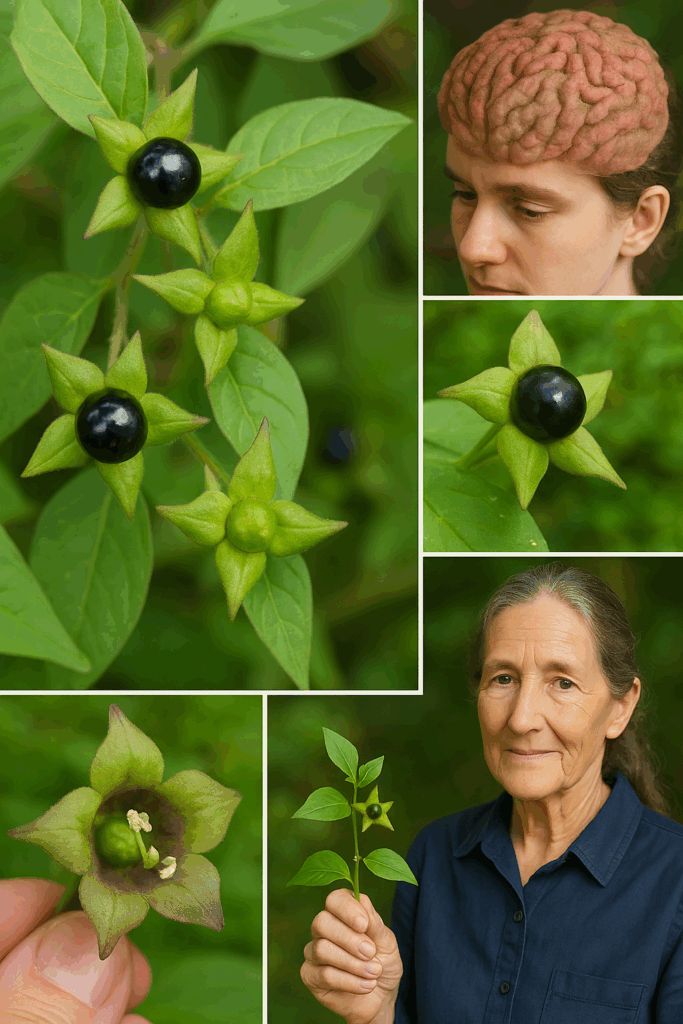
🔍 How to Identify It (So You Can Stay Safe)
If you spend time outdoors, in gardens, or forage for herbs, it’s critical to recognize the plant’s features:
- Flowers: Purple, bell-shaped with a slight green hue
- Leaves: Broad, dark green, and oval-shaped
- Berries: Glossy black, cherry-like — but highly toxic
- Height: Grows up to 6 feet tall
Always avoid touching or picking unfamiliar plants. Misidentification can have tragic consequences.
🌳 Should You Grow It?
Some botanical gardens or herbal researchers grow Deadly Nightshade for educational or medicinal purposes. But in a home setting, it poses significant risks.
🏡 In Gardens – If grown for ornamental reasons, it should be kept in a locked or fenced area, well away from children or pets.
🧪 For Medicinal Use – Only under the guidance of a licensed healthcare provider or phytotherapist.
🔚 Final Thoughts
Deadly Nightshade is a plant of contradictions — beautiful yet dangerous, feared yet respected, poisonous yet medicinal. Its story is a reminder of nature’s complexity: that the most stunning plants can conceal the most potent poisons.
⚖️ Treat it with caution. Admire it from afar. If you seek to understand its uses, do so with guidance and reverence.
Let its dark legacy be a lesson — not a tragedy.
